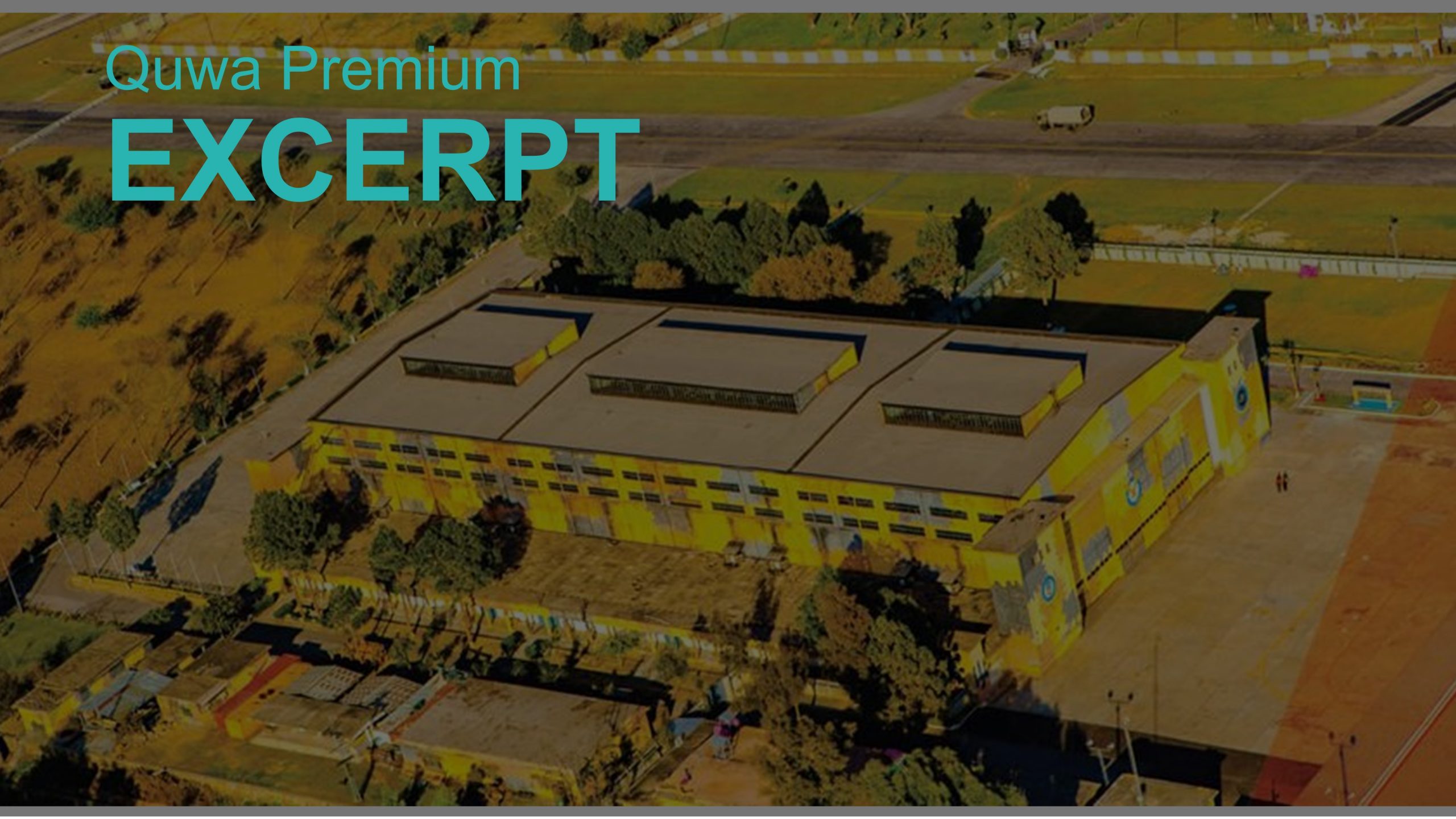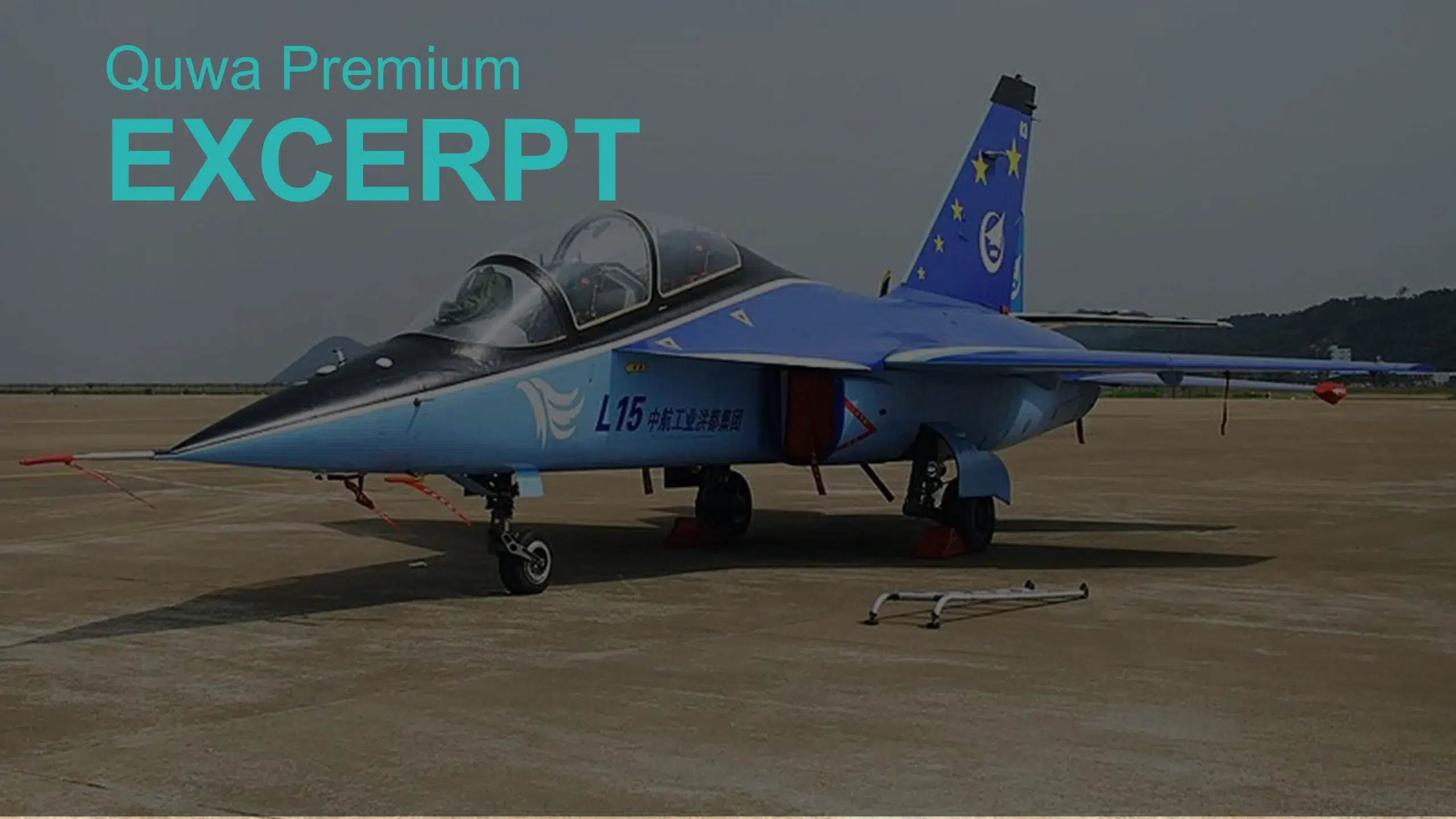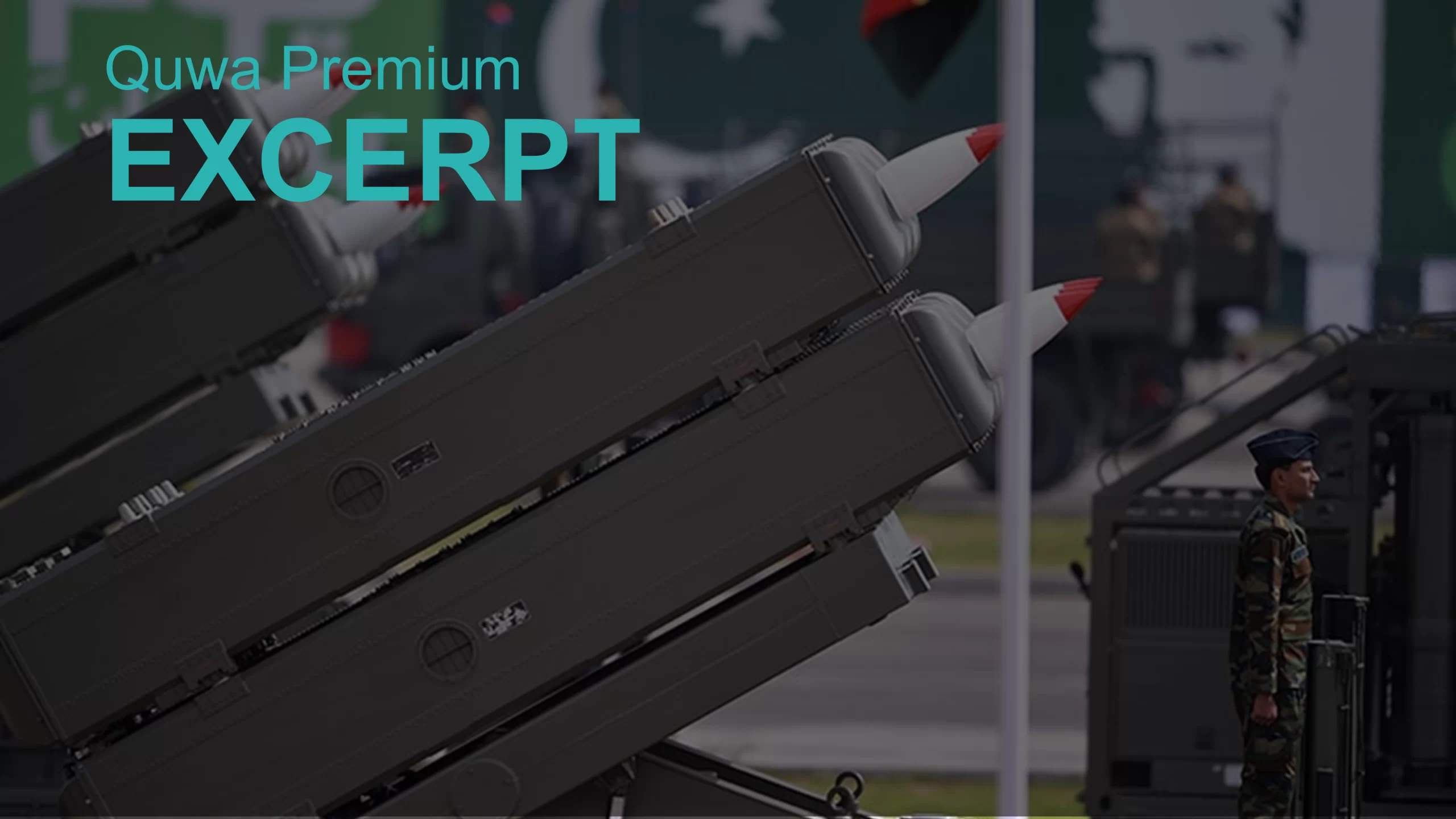2481Views

The Real Threat to Pakistan’s National Security – Part 1
Author Profile: Syed Aseem Ul Islam is PhD candidate at the University of Michigan, Ann Arbor, USA, specializing in adaptive and model-predictive flight control systems. He received his bachelor’s degree in aerospace engineering from the Institute of Space Technology, Islamabad, and his master’s degree in flight dynamics and control from the University of Michigan.
Due to being located at the crossroads of three key regions (South Asia, Central Asia, and the Middle East), Pakistan has ‘geostrategic importance.’ However, that ‘importance’ has been both a blessing and a curse for Pakistan. It is no secret that Pakistan resides in a dangerous neighborhood, nor is it a surprise that the country’s defence requirements take priority over other spending needs. These are not unique issues.
Unfortunately, one (of many) side effects of seeing its surroundings as threats is a counterproductive, but at times necessary, paranoia. As a result, Pakistan sees many “threats to national security” – some real, but many imagined. When the ‘imagined’ threats clog the perspectives of decision-makers and the public, the genuine threats – e.g., water insecurity and struggling economy – slip through the cracks. Fortunately, water and the economy are entering the mainstream discourse, but the nation still needs to unearth more genuine threats. This article aims to uncover one more – the decline of Pakistan’s defence R&D capability.
Pakistan’s territorial security is contingent on its ability to maintain both strategic (i.e., nuclear) as well as conventional arms parity with India. Despite being several times smaller in India in terms of its economic output, population, and (not to be ignored) inherited industry base from partition, Pakistan has done quite well thus far through careful planning, conscientious use of limited funding, and force-multiplier systems. However, with India’s now burgeoning economic might and current geostrategic value (as assistance for the United States in containing China), the parity gap between Islamabad and New Delhi is widening.
For Pakistan, some constraints are obvious – e.g., a struggling economy – but others are more to do with the general misuse of existing resources due to legacy processes and a poor understanding of optimal and efficient alternatives. This constraint is glaringly obvious to this familiar with Pakistan’s defence industry. Thus, Pakistan must examine its capabilities and, in turn, chart a future path that would allow it to “loose the fat” and become the leanest it can be so that it can counter India’s growing edge.
Design and Implement a Well-Thought-Out Defence Policy
Firstly, Pakistan’s defence policy needs must gain real buy-in from every relevant stakeholder. Sadly, the policy documents written by the Ministry of Defence Production (MoDP) have no chance of materializing if they lack the support of the armed forces. In Pakistan, the armed forces must be aligned with any new defence policy; otherwise, the defence policy will be dead-on-arrival… (finish the article by logging in or by subscribing to Quwa Premium).
Curb Over-Reliance on State Owned Enterprises
In terms of its defence industry, Pakistan put its metaphorical eggs in one basket – its defence sector SOEs, and with little-to-no involvement from the private sector. Unfortunately, the SOEs have many issues.
Firstly, the SOEs have no incentive to generate profit. Their only incentive is to carry out the work handed down to them by the government. Unsurprisingly, this dynamic stifles innovation as there is no incentive (for career growth) to carry out such work, nor is it encouraged because the management will only invest in such work if they deem it important to their prime directive.
Secondly, SOEs often become places to park government employees. The government feels that it should provide jobs, and these SOEs are often a good destination, regardless of whether these jobs are productive or not. This behavior leads to massive overstaffing, which one can see in Pakistan International Airlines as well as Pakistan Steel Mills, among other civil SOEs. The defence SOEs are not that different. For example, each of Pakistan’s defence SOEs suffer from large dormant capacity issues. Pakistani taxpayers are funding these SOEs, but these entities are not producing to capacity (and the military is buying from abroad)…(finish the article by logging in or by subscribing to Quwa Premium).
Involve the Private Sector
Currently, the private sector’s involvement in the defence industry is trivial. Pakistan must work to ramp-up the private sector’s involvement and grow its share in the supply channel. Whereas a bloated SOE will cost Pakistan its public funds, the robust private sector will pay taxes to Pakistan as well as generate jobs, invest in developing new products, and independently sustain its capacity.
Many of the SOEs have functionally failed in their mandates and are now causing a hemorrhage of funds to sustain their operations. For example, for reasons unknown to the public, Heavy Industries Taxila (HIT) was unable to produce the al-Khalid main battle tank (MBT) at capacity. In turn, the Pakistan Army ordered VT4 MBTs from China at additional cost to the Pakistani state (i.e., on top of the cost of support HIT). Had it been a private enterprise, HIT would either shut down (or sell itself) due to the failure or improve itself internally to ensure it meets the Army’s product and delivery requirements. Unfortunately, as a SOE, those expectations do not exist within HIT, so there is no incentive to course correct. Finally, by ‘solving’ the al-Khalid shortfall by importing VT4s, the Army deflated local investor confidence by rewarding foreign OEMs the contract. This is unacceptable for a country with limited foreign currency and fiscal capacity…(finish the article by logging in or by subscribing to Quwa Premium).
Promote the Establishment of Feeder Industries
One area Pakistani policy planners overlook is that a defence industry is not a fundamental industry. Put another way, most defence industry setups require moderate-to-high-tech inputs, including high-quality steel alloys, electronics, rubbers, composites, and others. These inputs come from industries that one can call feeder industries. Pakistan would need robust and reliable steel manufacturing (and continual R&D in steel) for a lot of defence products. Unfortunately, deindustrialization in Pakistan since the 1970s meant that its feeder industries at the time had no buyers and, eventually, they shut down (or never evolved)…(finish the article by logging in or by subscribing to Quwa Premium).
Looking Forward
Part-one of this series looked at the policy-level decisions that Pakistan can and should take to establish a robust defence R&D regime and production industry. Parts two and three will take a closer look at the major issues Pakistan’s defence sector SOEs are facing, and how those issues are causing a decline in R&D and production in Pakistan. This series will also offer solutions on how to address these issues.
End of Excerpt (997/2,484 words)
You can read the complete article by logging in (click here) or subscribing to Quwa Premium (click here).
For More Insights on Pakistan’s Defence Industry:


